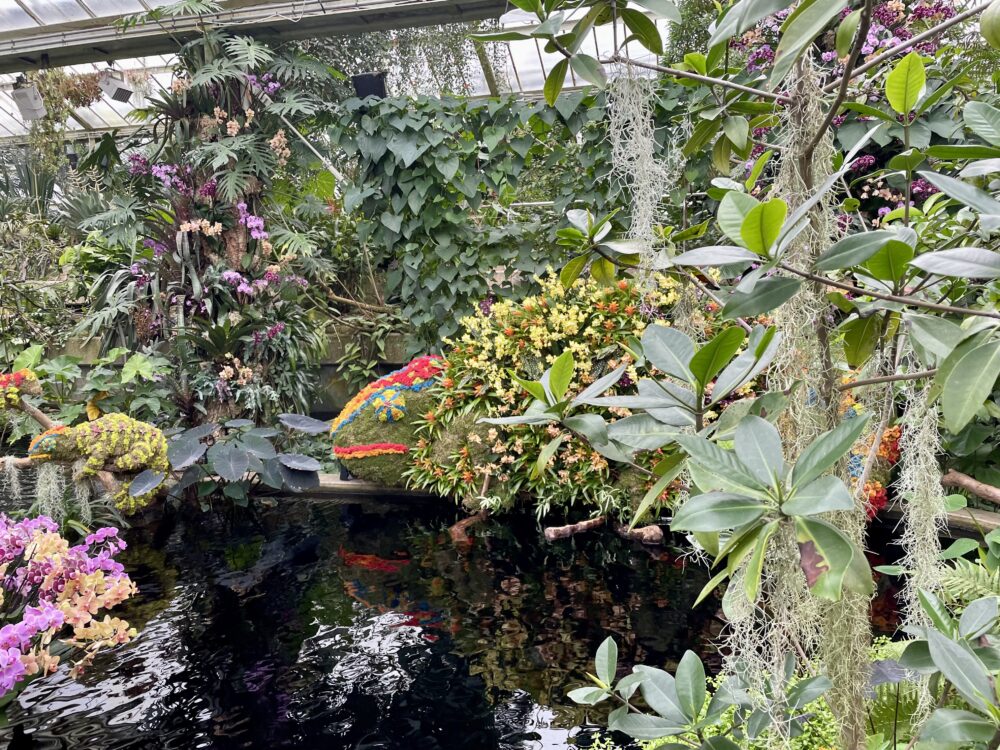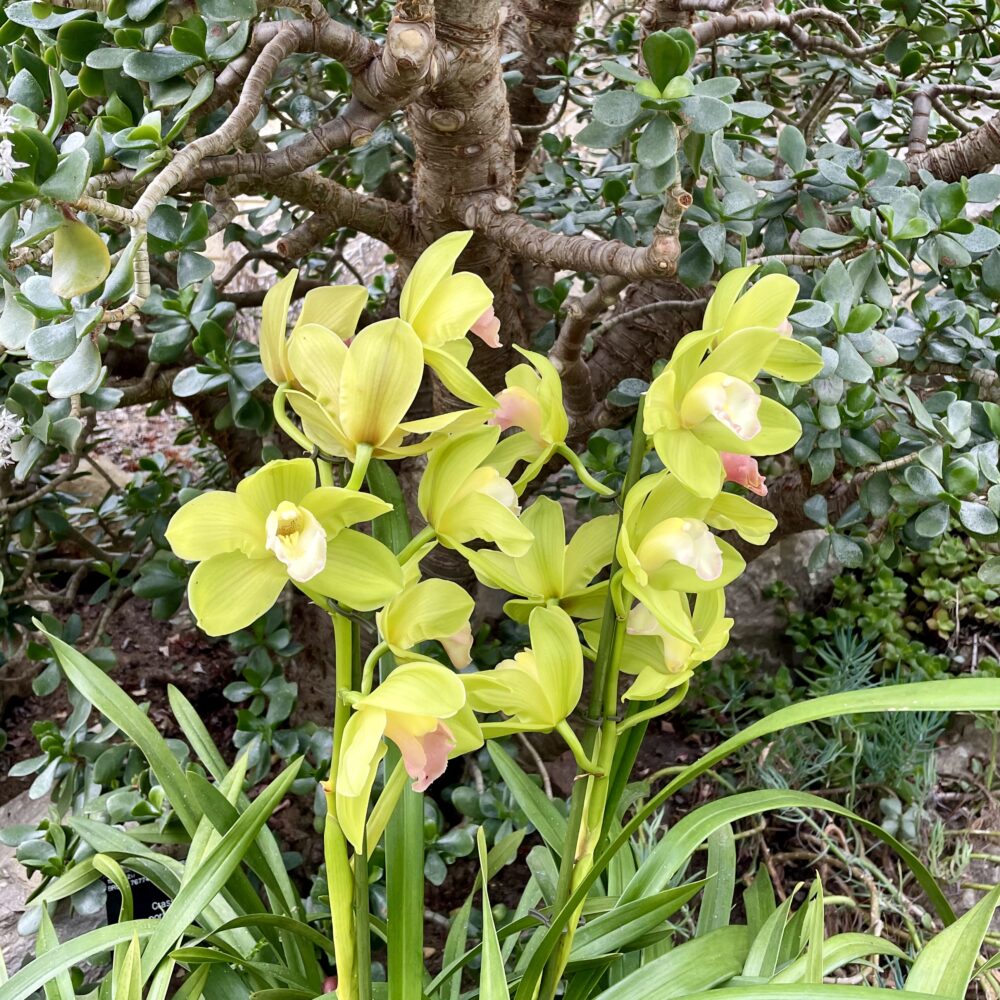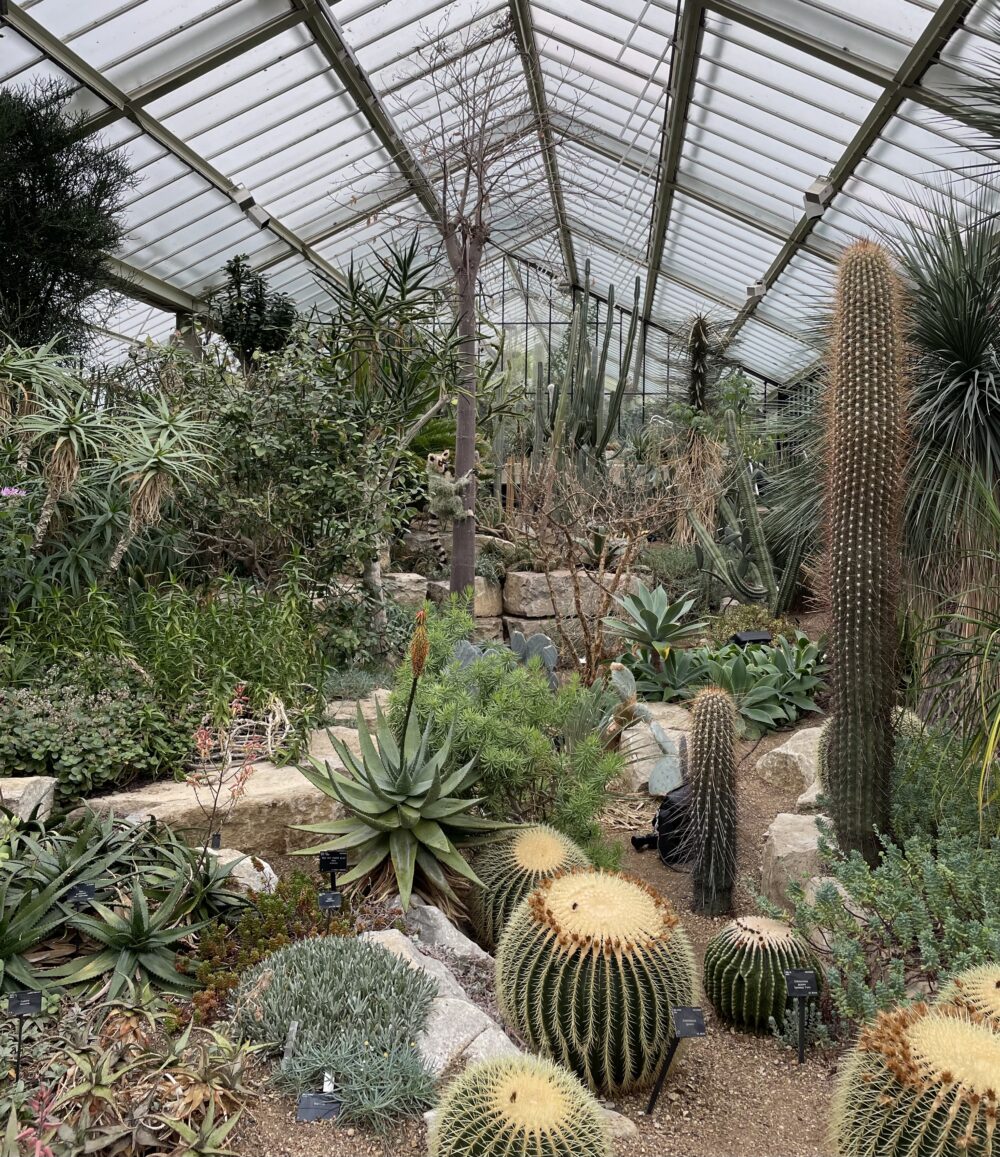‘Orchids: the beauty of Madagascar’

When I think of orchids, I think of my grandparents, who used to take great pride—and occasionally some frustration—in cultivating them on their windowsill.
Yet, they took on a slightly different meaning when I worked at the Department of Health in London. Much as fevered talk of Glyndebourne took over later in the year, February was dedicated to chatting about whether people ‘had seen the orchids yet’. The reference was to the annual orchid festival at Kew Gardens.
Until the other day, I’d never visited the orchid festival before. As a visit to London happened to coincide with the festival, and since I’m a member of a scheme which gives me free access to Kew Gardens, I thought I’d pop in.
I expected a sort of exhibition: some plants, perhaps with little interpretation boards explaining what was so remarkable about them. I expected to come away with at least a vague appreciation of what makes an orchid an orchid, perhaps having learned a thing or two.

The first thing I learned is that one does not simply ‘pop in’ to the orchid festival. This is a ‘book a time slot’, ‘stand in queue’, ‘bags searched on entry’ experience. If you’re not up for crowds, this isn’t for you: it’s a slow-moving snake of people, mostly looking at flowers through their phone cameras. Don’t expect to stand and admire or stop and contemplate: unless, of course, you temporarily detour off the route into a designated ‘quiet space’, the existence of which is a clue to the atmosphere in the main conservatories: expect piped-in music from Madagascar and plenty of crowd noise.
The second thing I learned is that this isn’t primarily an educational experience: it’s a gawp-at-that, take-a-photo-for-instagram experience. Don’t expect interpretation boards explaining the life cycle of the orchid; do expect orchids arranged to look like giant chameleons, birds, lemurs and the occasional turtle. Kew’s preferred description is ‘horticultural spectacle’, which is a bit like describing the Blackpool illuminations as a ‘photometric panorama’.
As I wandered around, I kept thinking that it felt a little like parading around a ‘plant zoo’: this was an environment created for the visitors’ entertainment, not to demonstrate the plants in their natural habitat nor really to educate to any meaningful degree. The concentration on Madagascar specifically felt a bit culturally off, too: I kept wondering what would be in the ‘UK’ greenhouses in the Botanical Gardens of Antananarivo.

But none of this takes away from the astonishing achievement of putting on some impressive orchid-based dioramas: it just isn’t at all what I expected it to be, and nor is it up my street. I won’t be rushing back next year, but don’t let that put you off visiting this year.
This post was filed under: Art, Travel, Kew Gardens, London.